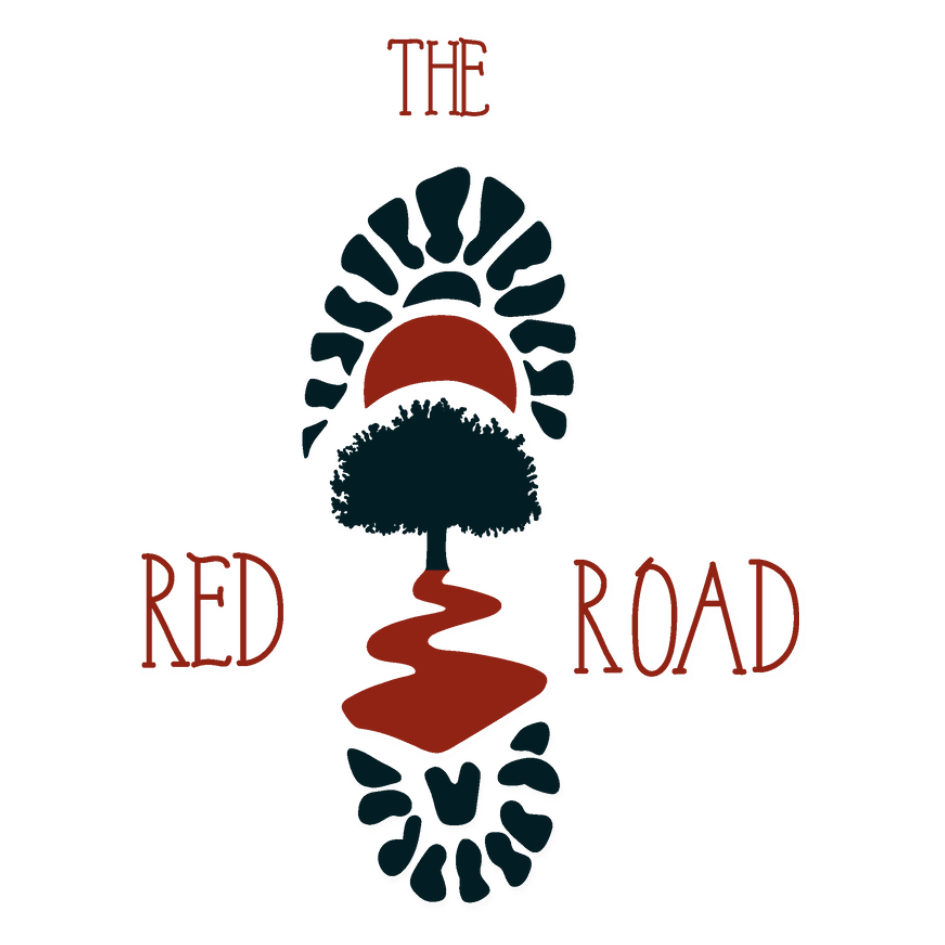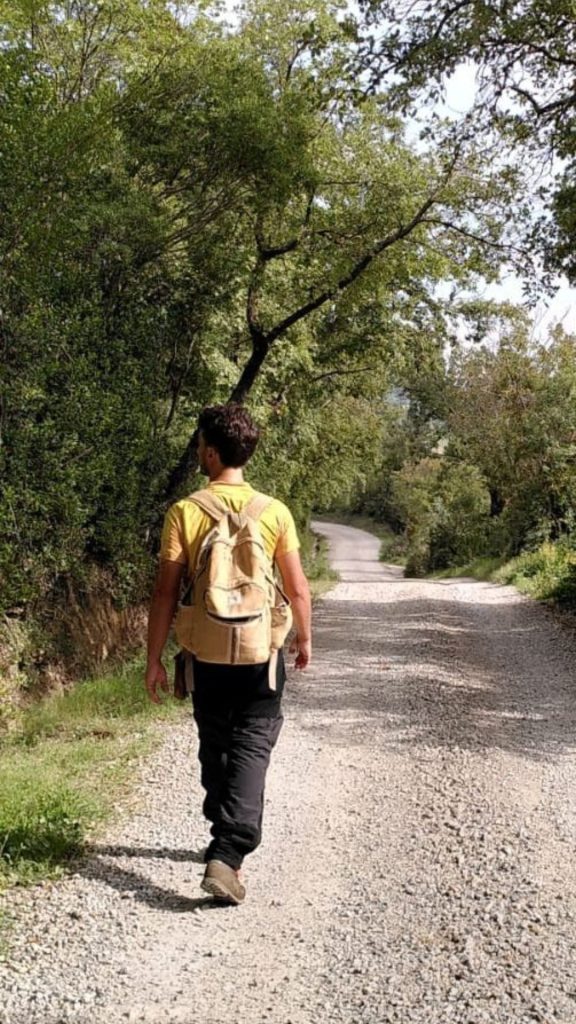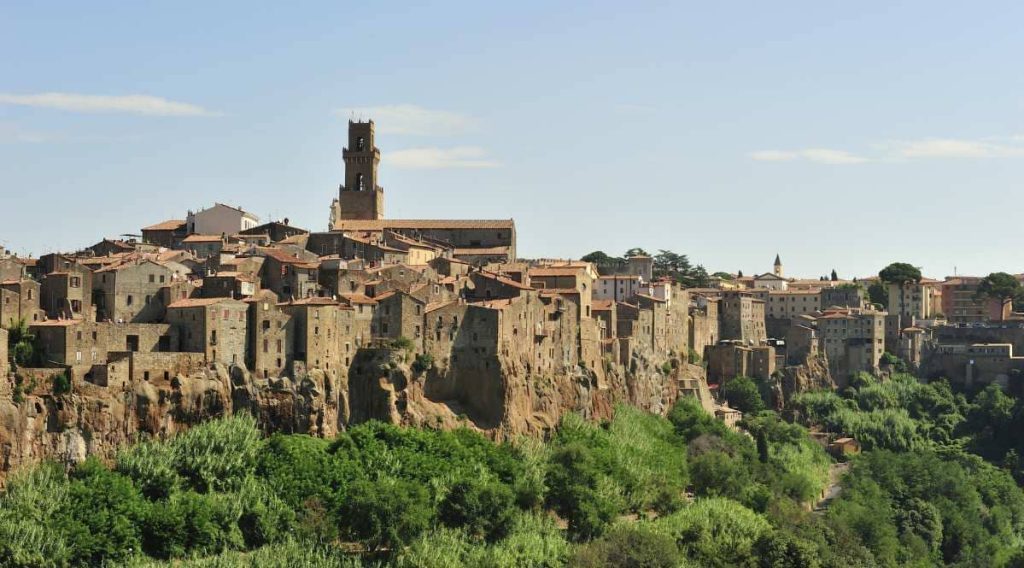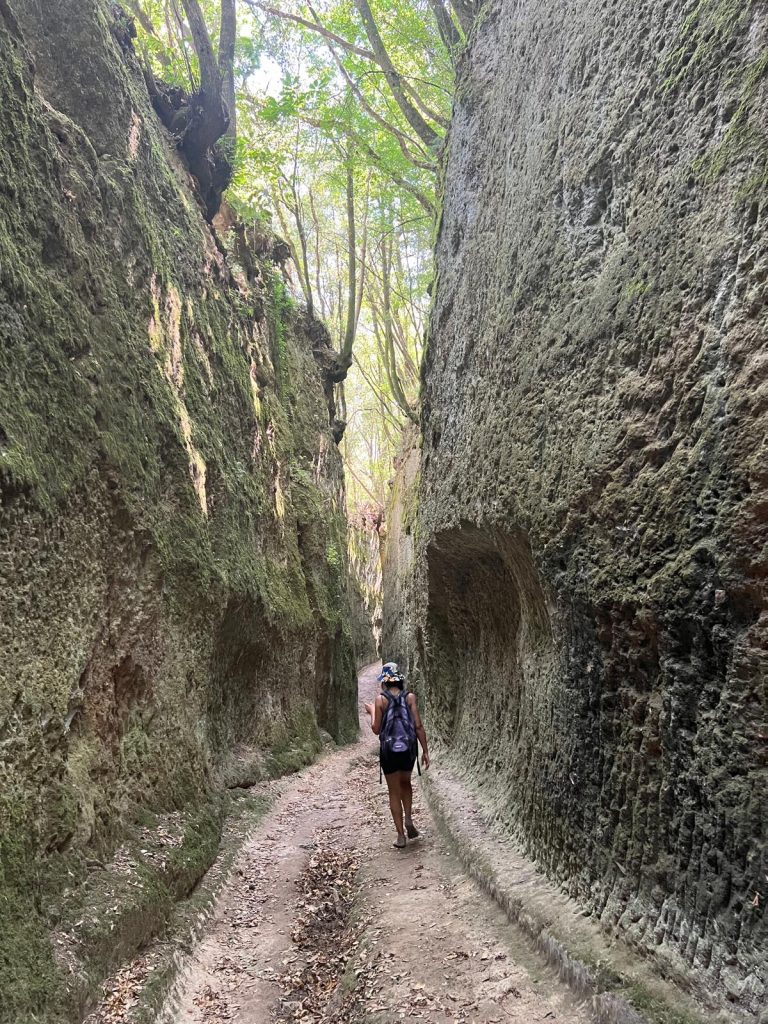Slow travelling: a journey through landscapes and traditions
In a world where frenzy dominates every aspect of our lives, slow tourism is rising as a travel philosophy capable of restoring value to time. It is linked to discovery and connection with the territory the tourist is in. This approach, far from crowded destinations and tight rhythms, invites you to calmly merge yourself in places, savoring every detail.
What is slow tourism?
Slow tourism is a way of traveling that favors authentic and sustainable experiences. It involves choosing alternative routes, often far from the beaten track, to discover hidden beauties, culture and local traditions. On foot, by bicycle, on horseback or by public transport, the slow tourist moves while respecting the environment and leaving room for contemplation.
Why slow tourism?
- Authentic connection: Visiting villages, talking to locals and participating in their traditions allows you to establish an authentic bond with the territory.
- Sustainability: By reducing environmental impact and promoting the local economy, slow tourism promotes a respectful travel style.
- Personal well-being: Walking in nature, listening to the sounds of the landscape and getting away from the chaos of the city promotes a deep sense of relaxation and harmony.
The MediaValle del Fiora in Tuscan Maremma: an experience between history and nature
A perfect example of slow tourism is the exploration of the middle Fiora valley, an area rich in historical and landscape charm. This territory, which extends between the municipalities of Manciano, Pitigliano and Sorano, offers an incredible variety of experiences:
- Etruscan Vie Cave: Ancient roads dug into the rock that connect necropolises and settlements, immersed in a lush and mysterious nature.
- Medieval villages: Pitigliano, with its tuff houses that seem to emerge from the rock, Manciano with its hotsprings and Sorano, known as the “Matera of Tuscany”, are authentic jewels to be discovered slowly.
- Untouched nature: The Fiora, Lente and Meleta rivers cross these lands, creating suggestive landscapes and opportunities for relaxing walks or excursions.
Activities for slow tourists
– Hiking: Nature trails that wind through woods, hills and ancient roads.
– Food and wine: Tasting the typical products of the area, such as Pitigliano wine or extra virgin olive oil, is a way to get in tune with the local culture.
– Art and crafts: Discovering the artisans’ workshops, where traditional techniques are handed down, is a unique experience.
Conclusions
Slow tourism is an invitation to slow down, to look at the world around us with new eyes and to experience travel as an opportunity for personal growth. Whether it’s exploring ancient villages, walking along paths immersed in nature or simply stopping to listen to the sounds of a river, this style of travel reminds us that the true luxury is time.
Ready to set off on a journey dedicated to slowness?



